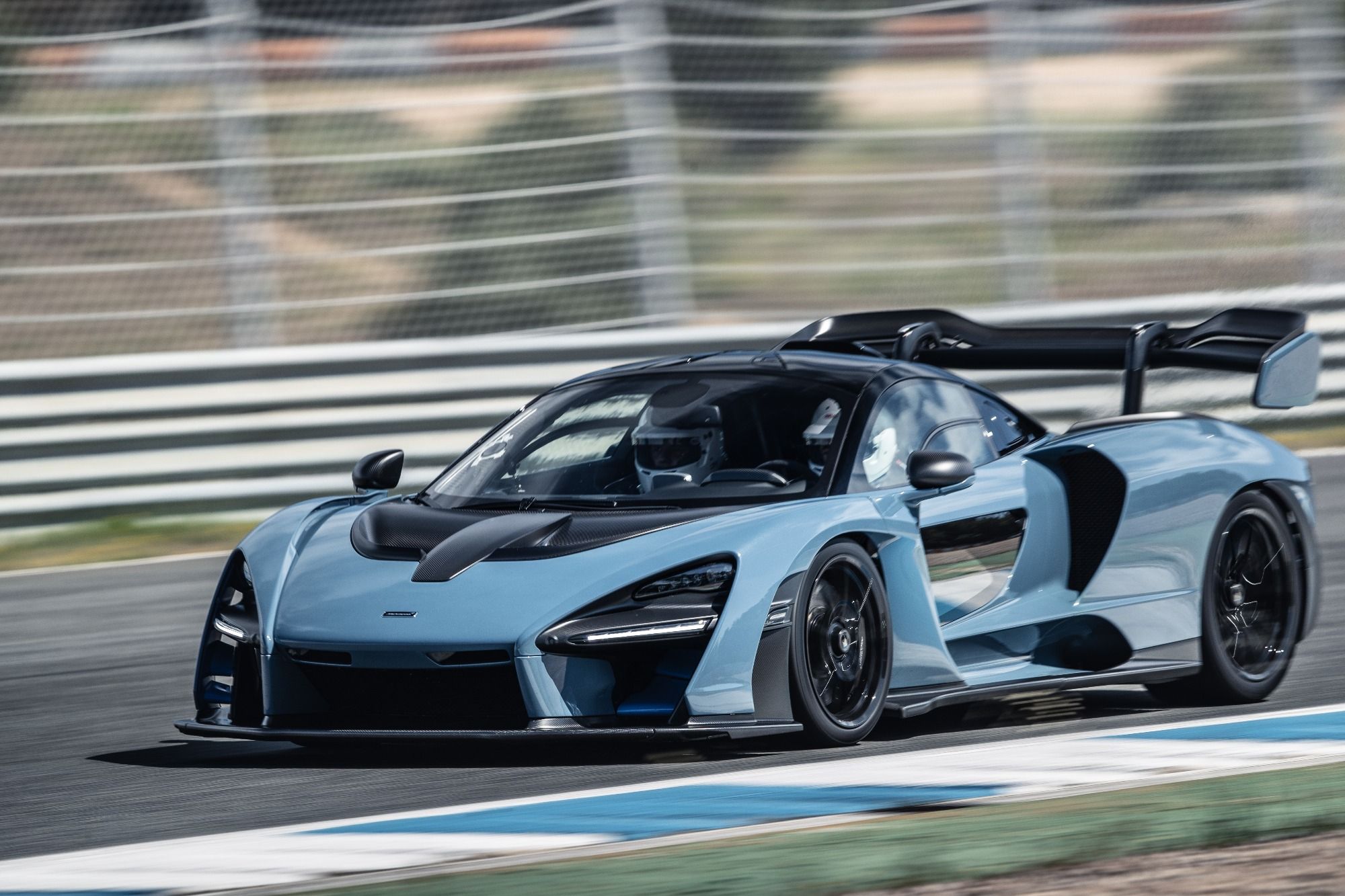
If any car could be called the successor to the legendary McLaren F1 - a car that won Le Mans outright in 1995 - it's the T.50 from Gordon Murray Automotive. It's a properly bonkers car, powered by a naturally aspirated 3.9L V12 that makes its 650 horsepower by spinning up to a screaming 12,000-plus rpm, which is paired to a six-speed manual transmission.
Like the Murray-designed McLaren F1, the T.50 also has racing aspirations; as we reported in September, Murray has had talks with the FIA and ACO about running the T.50 at the 24 Hours of Le Mans endurance race. But ultimately, whether or not the car is able to compete could come down to its weight.
Gordon Murray Automotive intends to put the T.50 into production with a curb weight of just 2,160 pounds - less than some '90s Honda Civics, and nearly a full 900 pounds lighter than a McLaren Senna. The LM-GTE class that Murray is eyeing, however, has a minimum weight requirement of 2,745 pounds. "As you could imagine, it would be impossible to put 300 kilos of steel ballast on the car," he told Road & Track recently.
So, Murray is hoping that his company and the two Le Mans sanctioning bodies - the FIA and ACO - are able to come up with a solution that wouldn't involve hanging 600 pounds of dead weight on the car, like running it at a significantly lower output level.
Asked whether running the T.50 in the higher-tier Le Mans Hypercar class might be possible, Murray told Road & Track: "We could be [willing], but it depends on the regs. I still haven't seen any sort of final regs. They still appear to be a bit fluid." There, the T.50 could find itself competing against the likes of the Aston Martin Valkyrie, as well as new hypercars from Toyota and Scuderia Glickenhaus.
Of course, another concern for the T.50 might be its downforce-generating fan system. Chaparral Cars deployed a similar trick with its racing 2J Can-Am "sucker car" in 1970, and it was summarily banned by the SCCA, years before the Brabham BT46 "fan car" attempted a similar trick. The fan system almost certainly wouldn't be allowed to race today, but Murray is unconcerned with that because "as a normal ground-effect car the [T.50] is very effective."
Ultimately, Murray says, he wants the car to go racing one way or another. "If the worst comes to the worst, we're building 25 track cars - we can race them ourselves. In which case we can run the fan."
